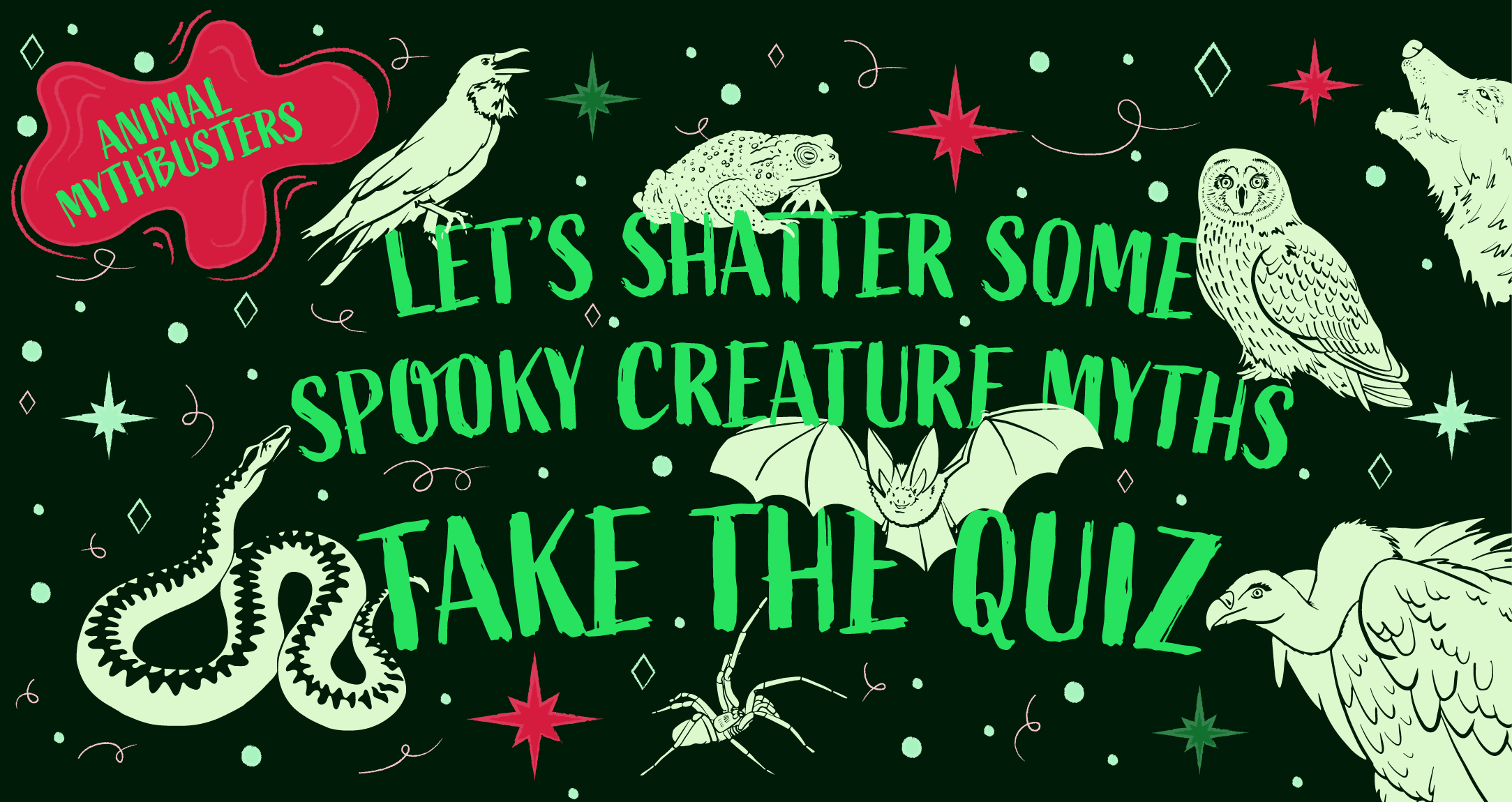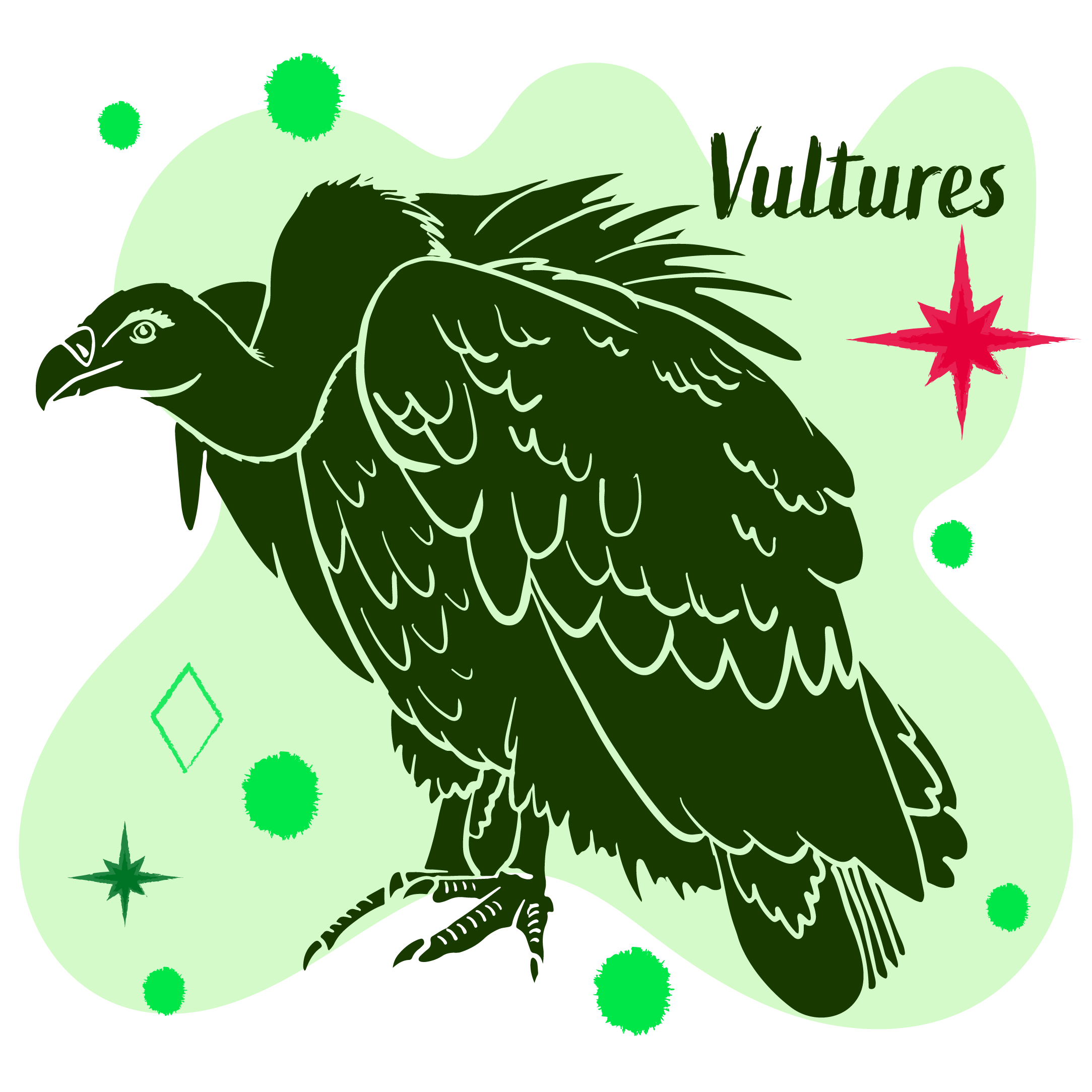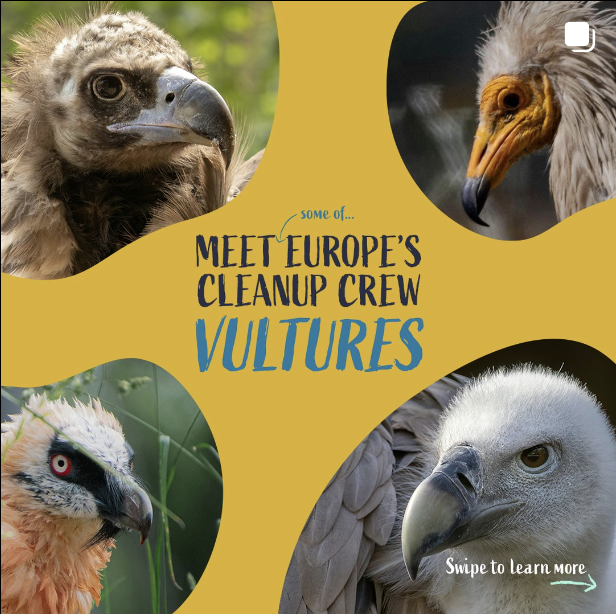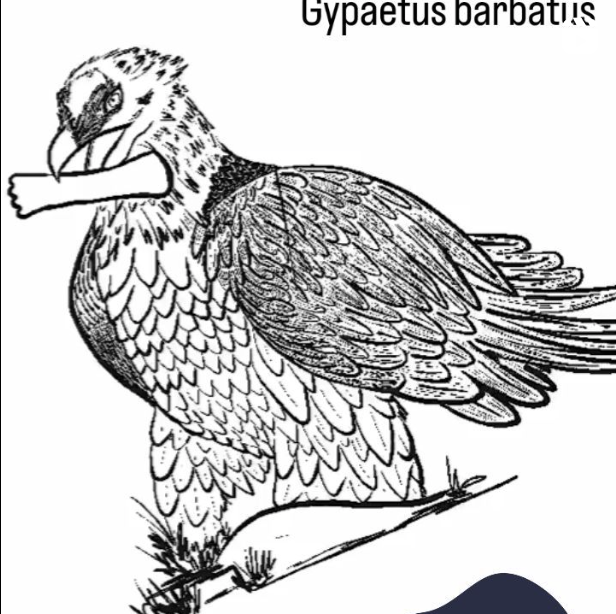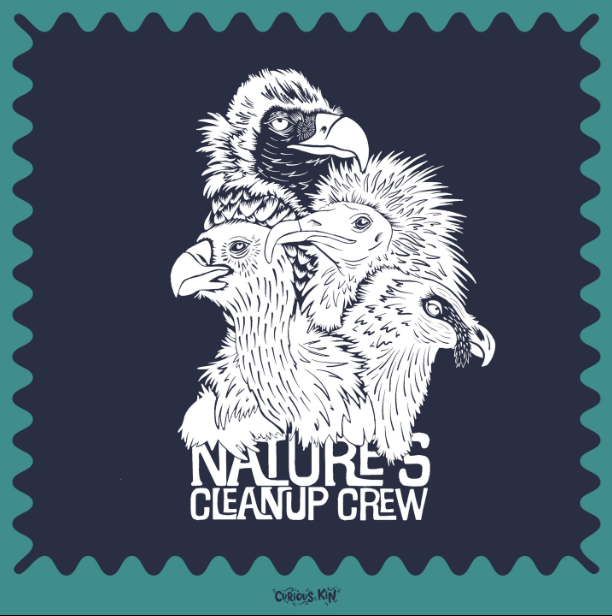An introduction:
You may have spotted me talking a lot about vultures over the last couple of months. It’s been my intention to do a proper fun fact profile like the clouded leopard and Ethiopian wolf ones I shared over the summer. Unfortunately I just haven’t had the time. So in the mean time here’s an overview of vultures with lots of myths busted!



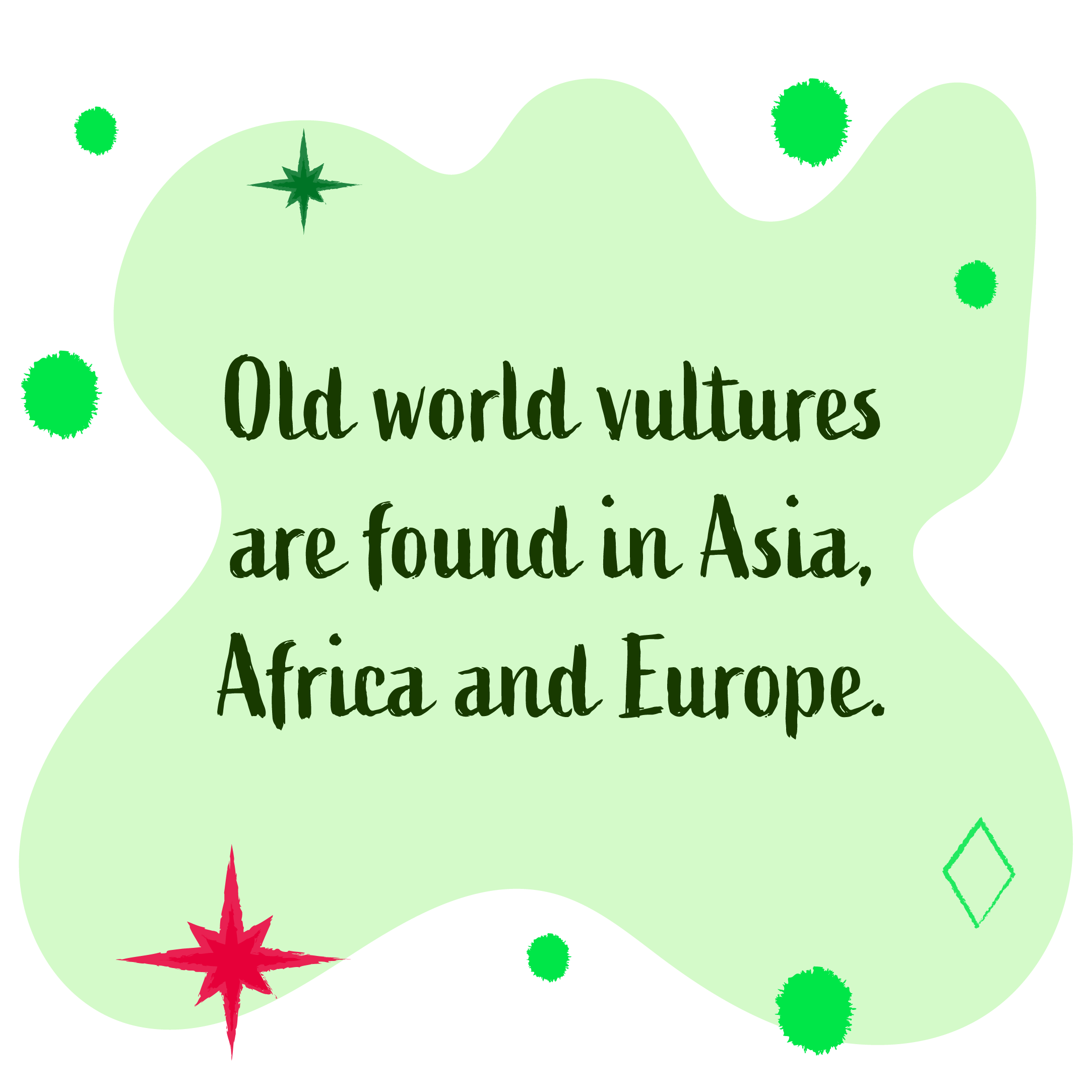



Parenting
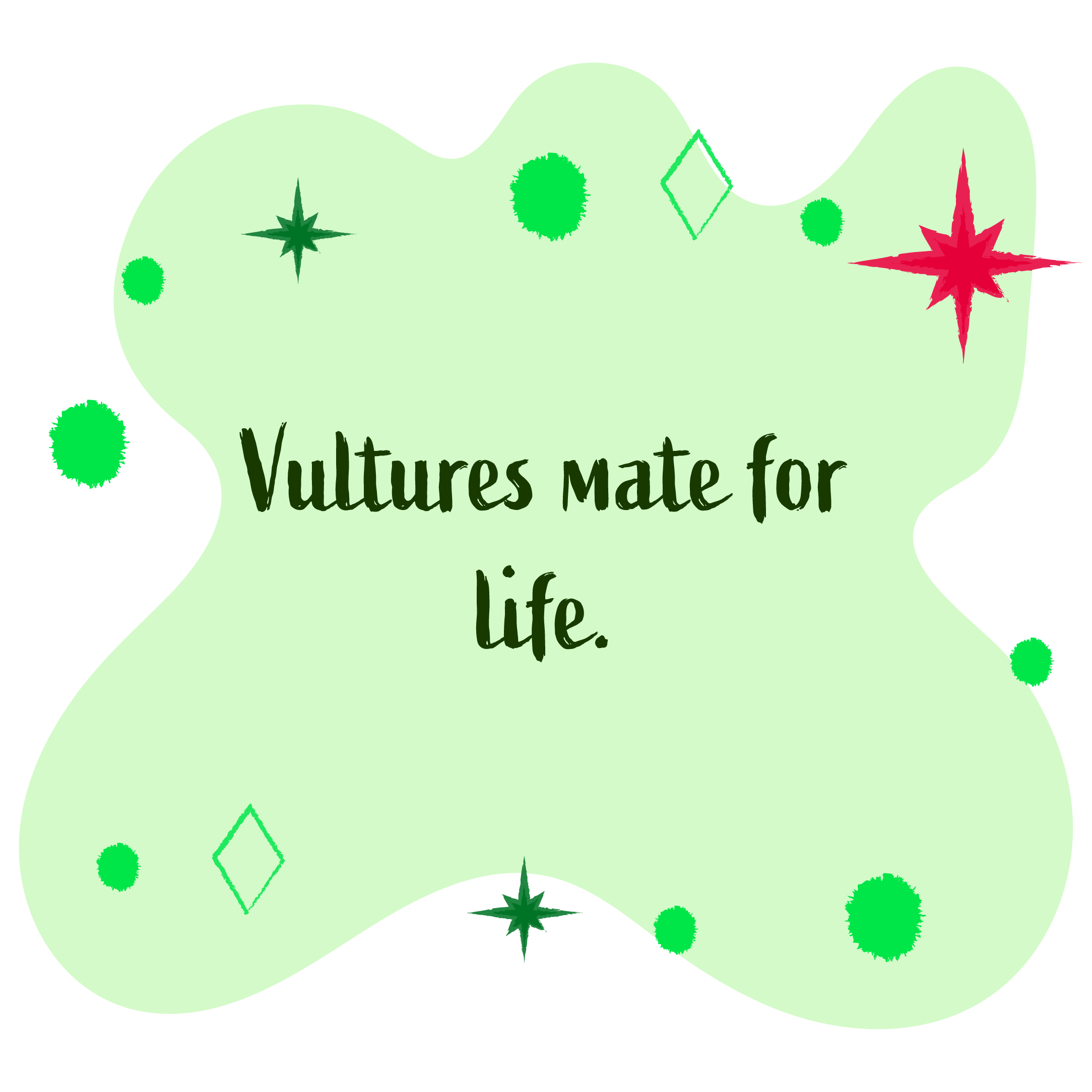


Mythbusting time…
Myth: Vultures are very lazy.

Vulures fly miles and miles in a day to actively find food.
Myth: Vultures just eat carrion.
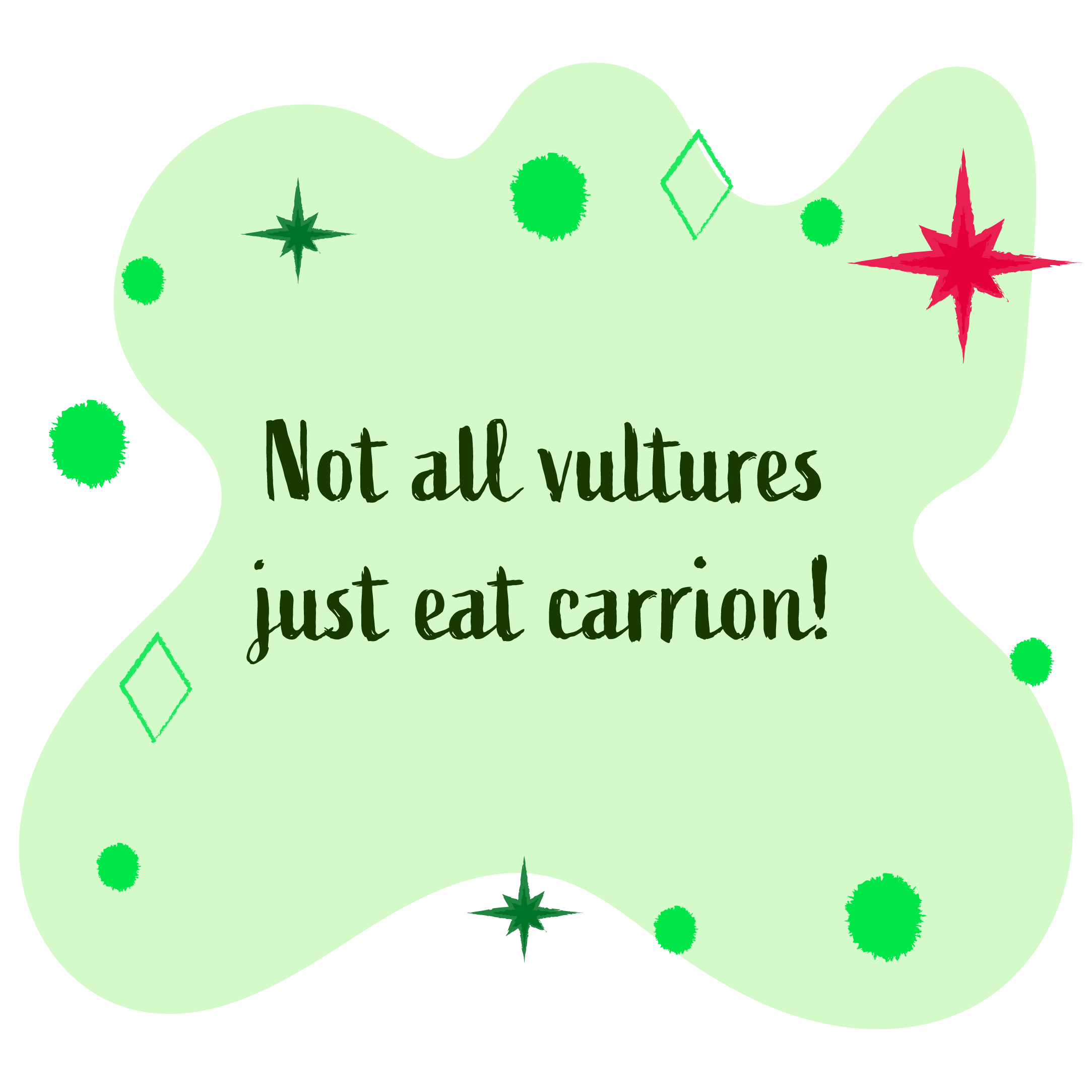
Egyptian vultures eat Ostrich eggs, invertebrates etc.
Vultures are dangerous.
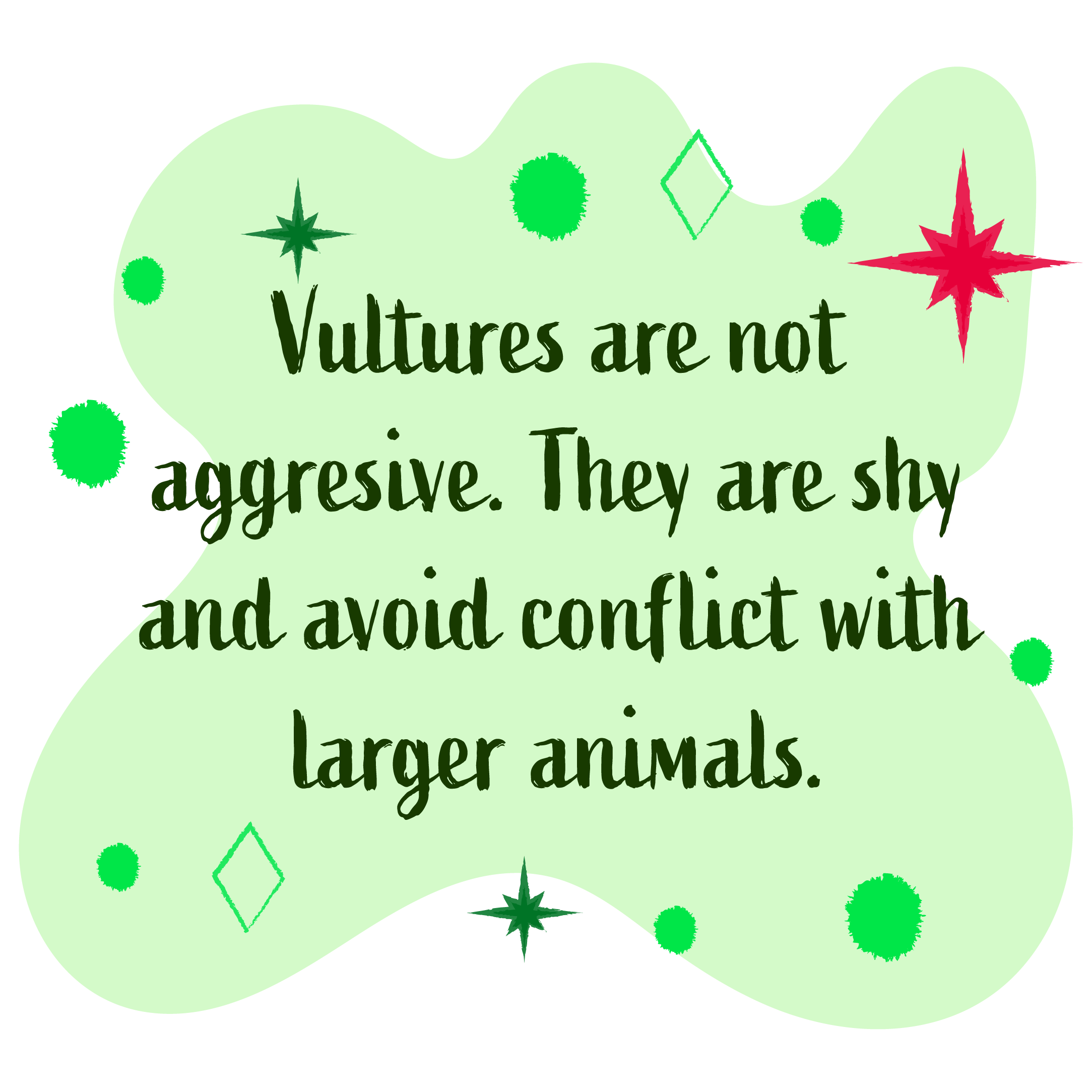
They wait for other predators to finish before they scavenge. Not interested in humans.
Myth: all vultures are bald.
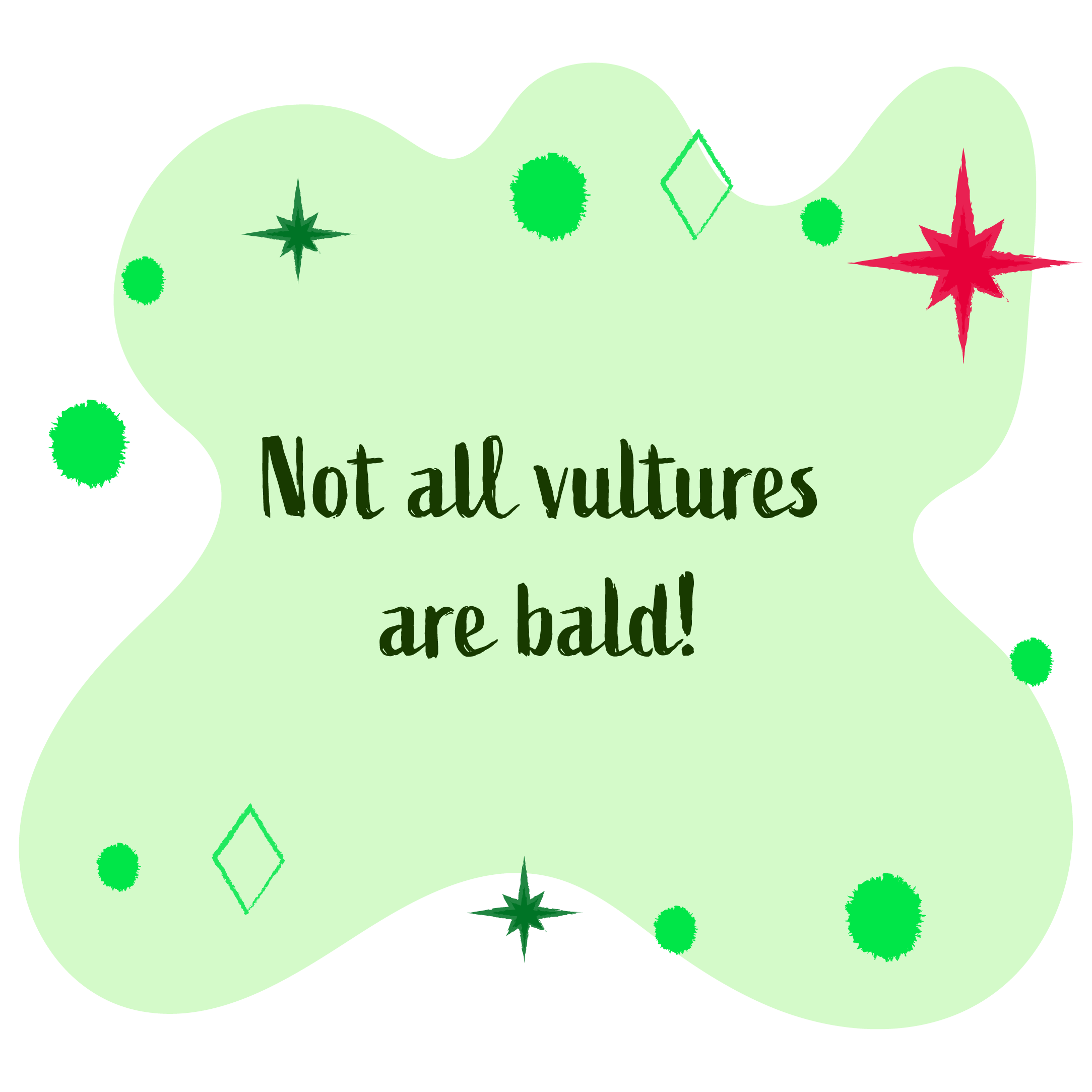
Key examples are the Eqyptian and Bearded vulture.
Myth: Vultures are just a bad omen.
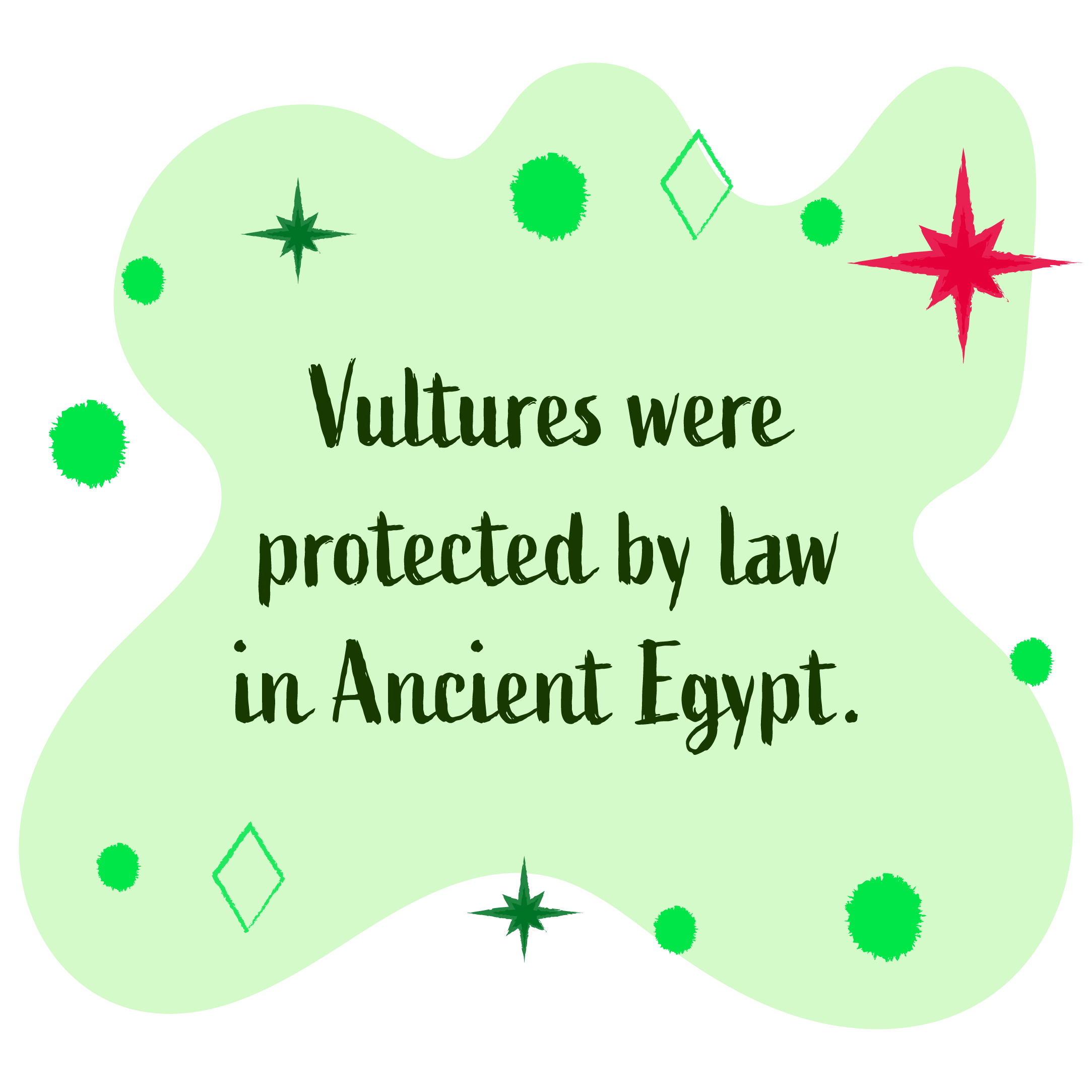
They were a symbol of motherhood, purity.
Myth: vultures are a signpost for death
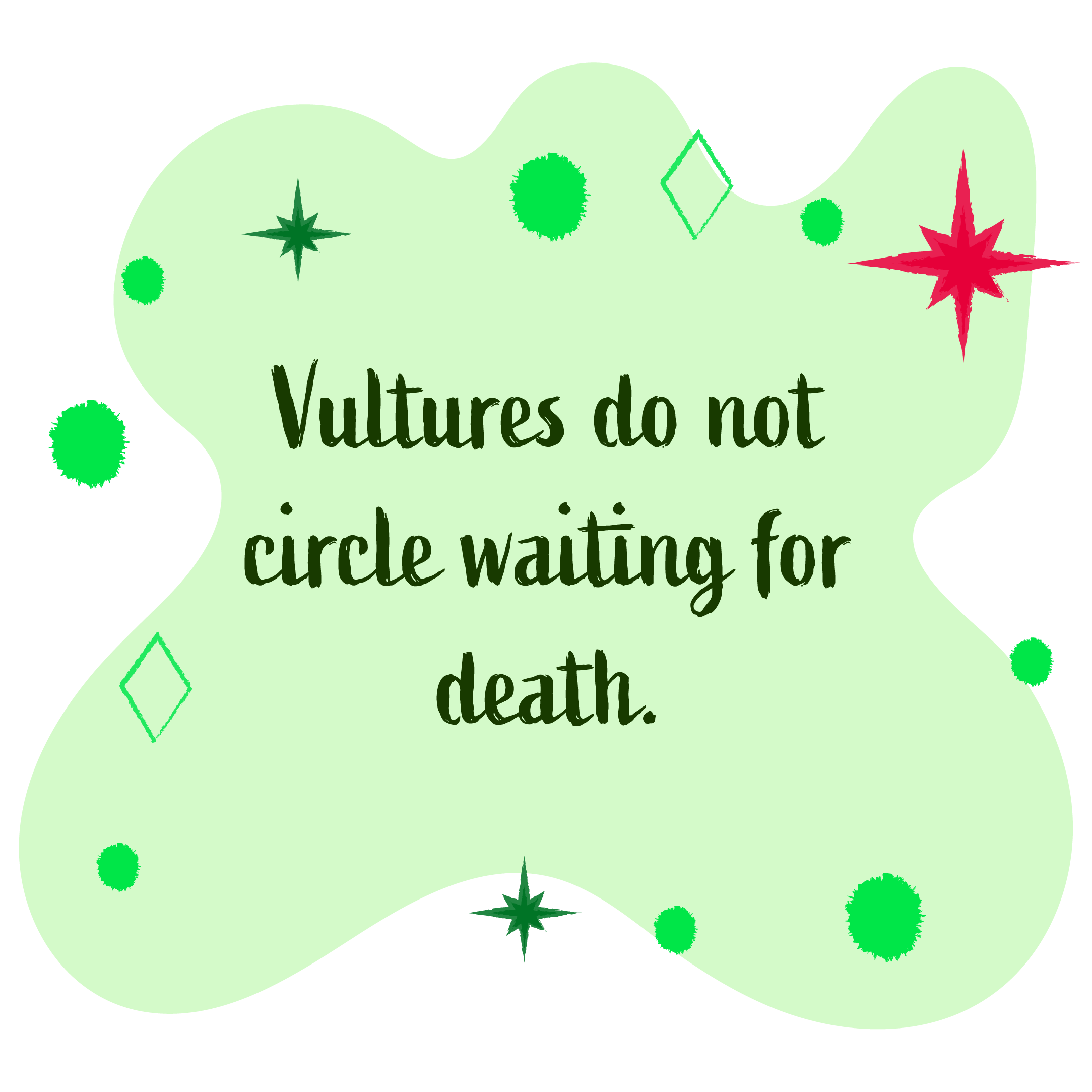
Myth: vultures are really dirty.

Bearded and Egyptian vultures dye their feathers bathing.
Myth: Vultures are ugly.
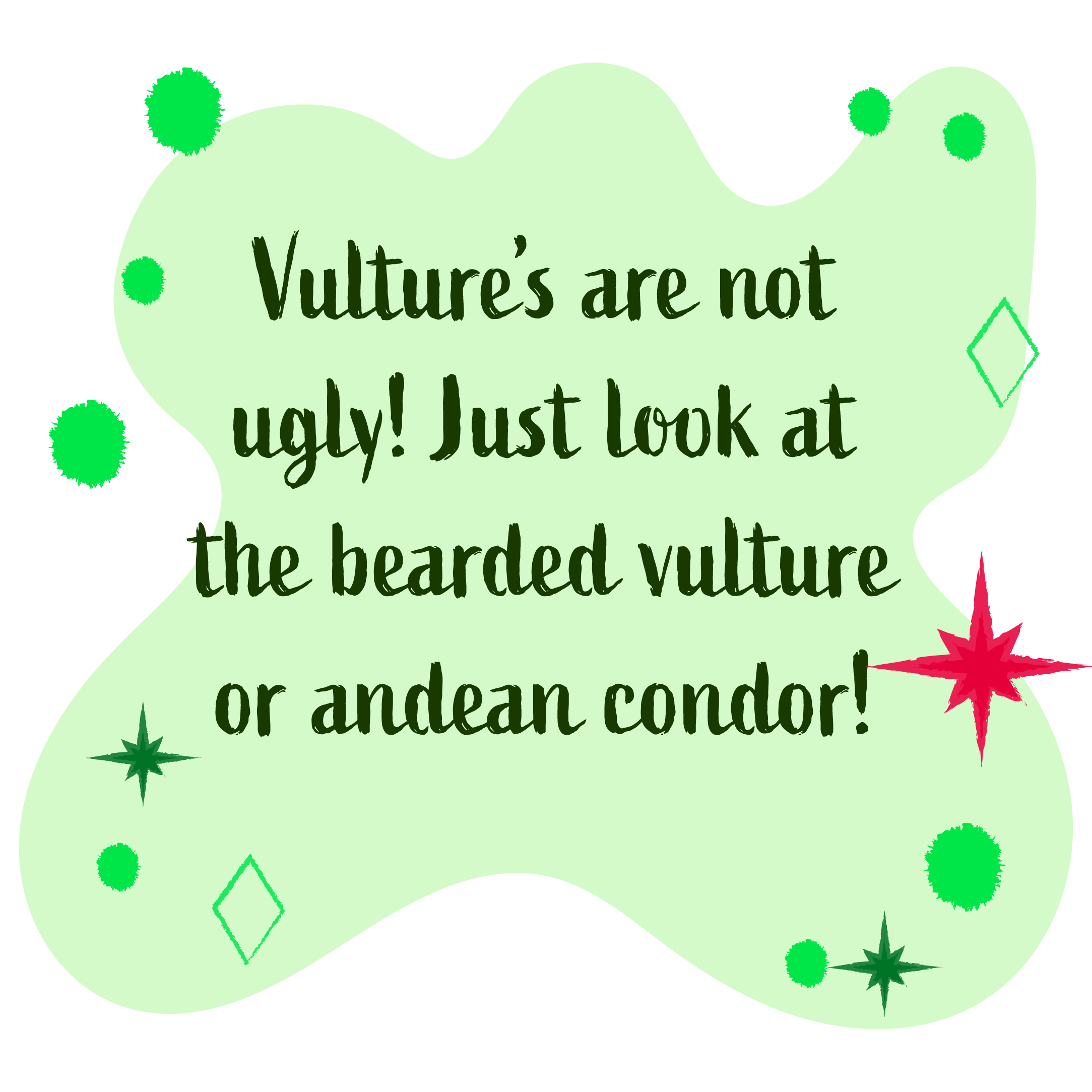
There are beautiful and unique birds of prey.
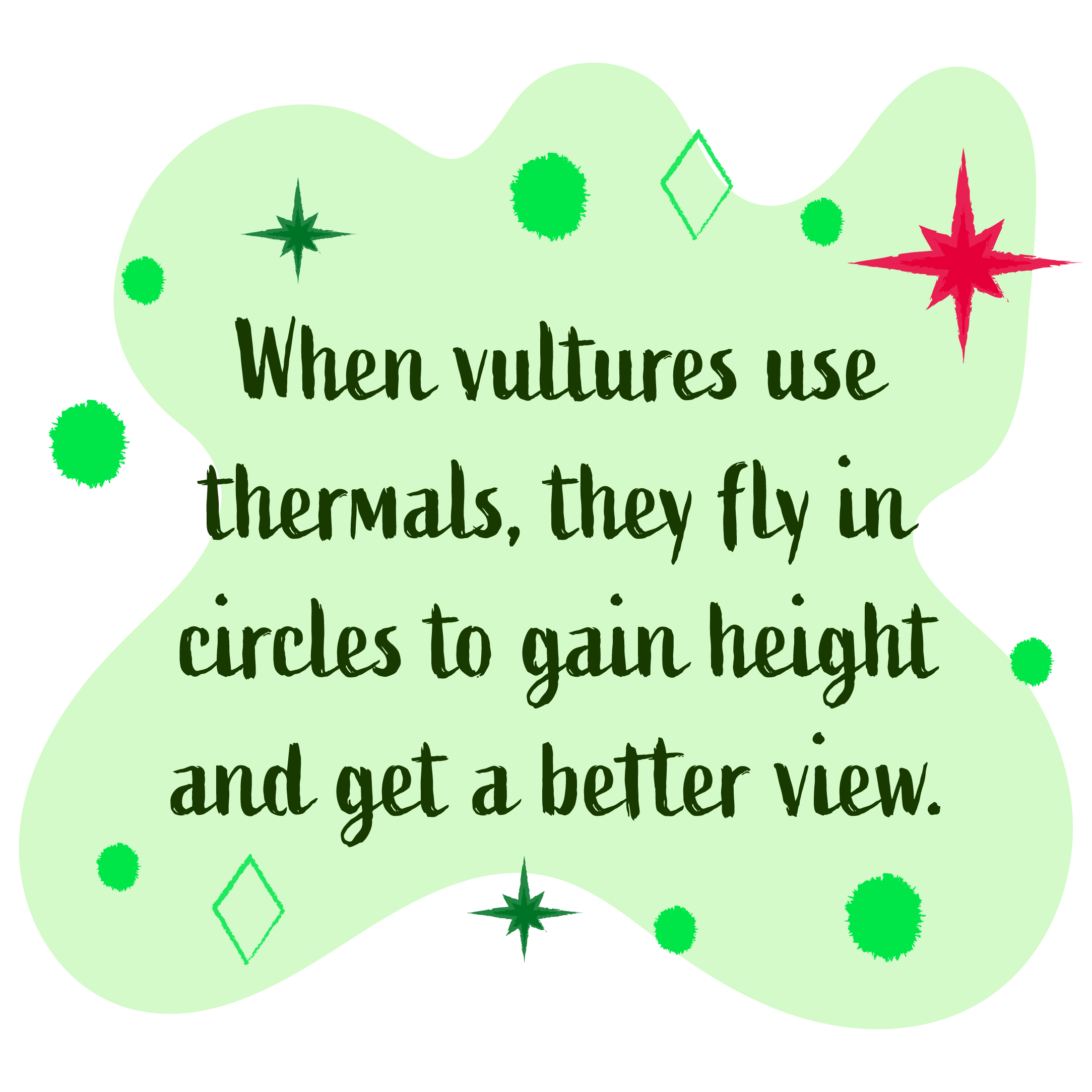
Vultures in flight
Always remember…

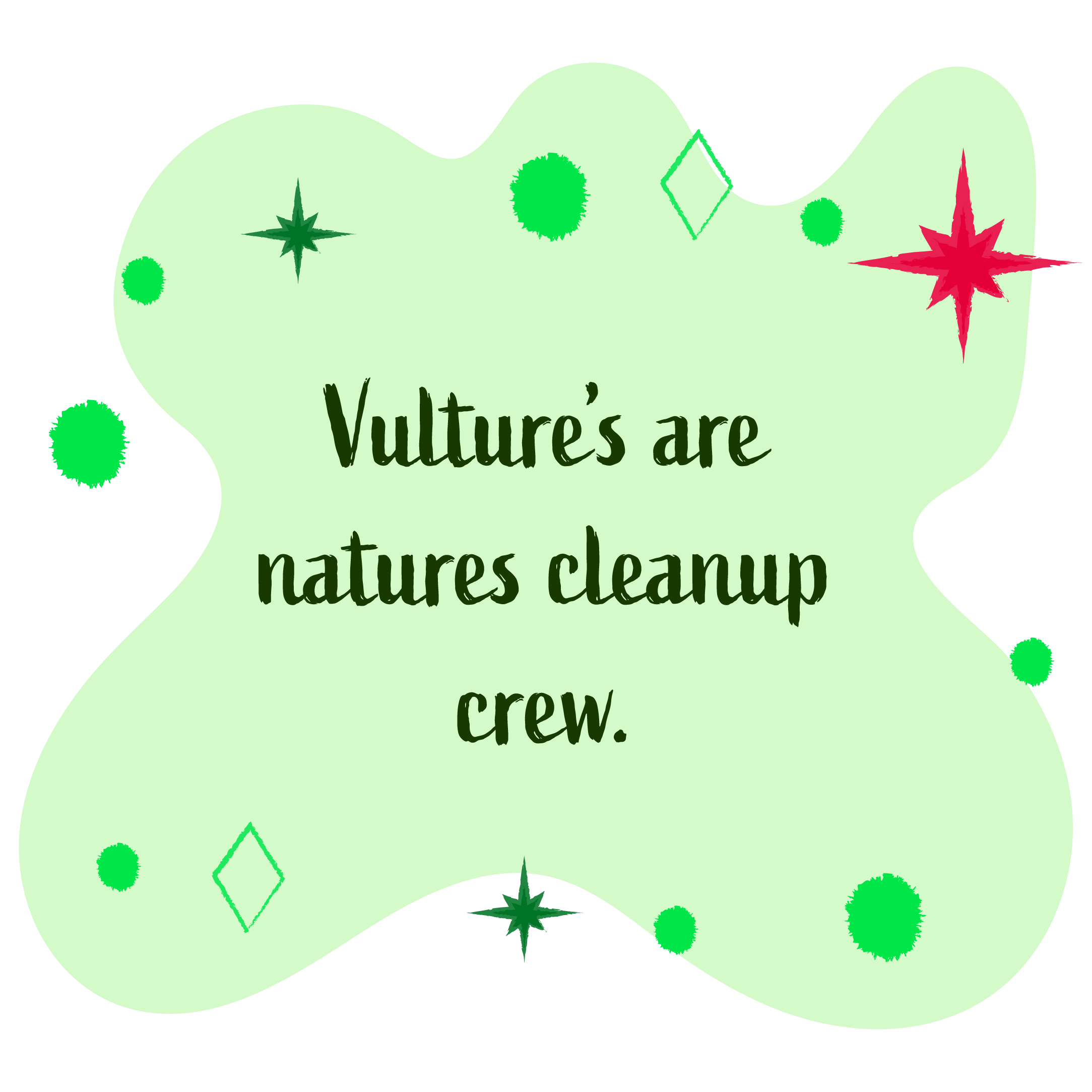
Have you spotted?
Charities and organisations
Ready to test your knowledge?
